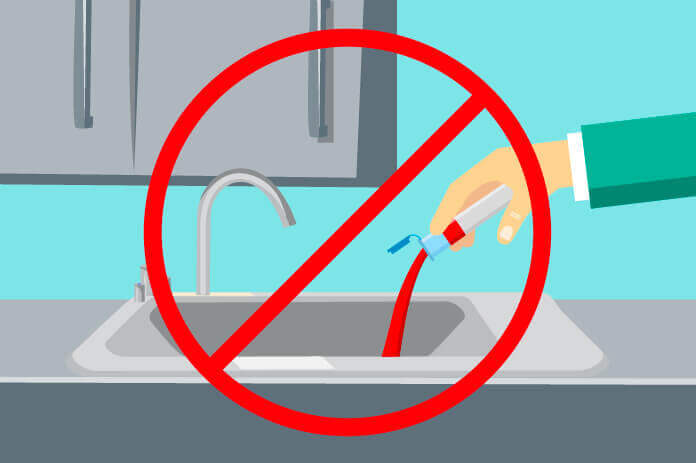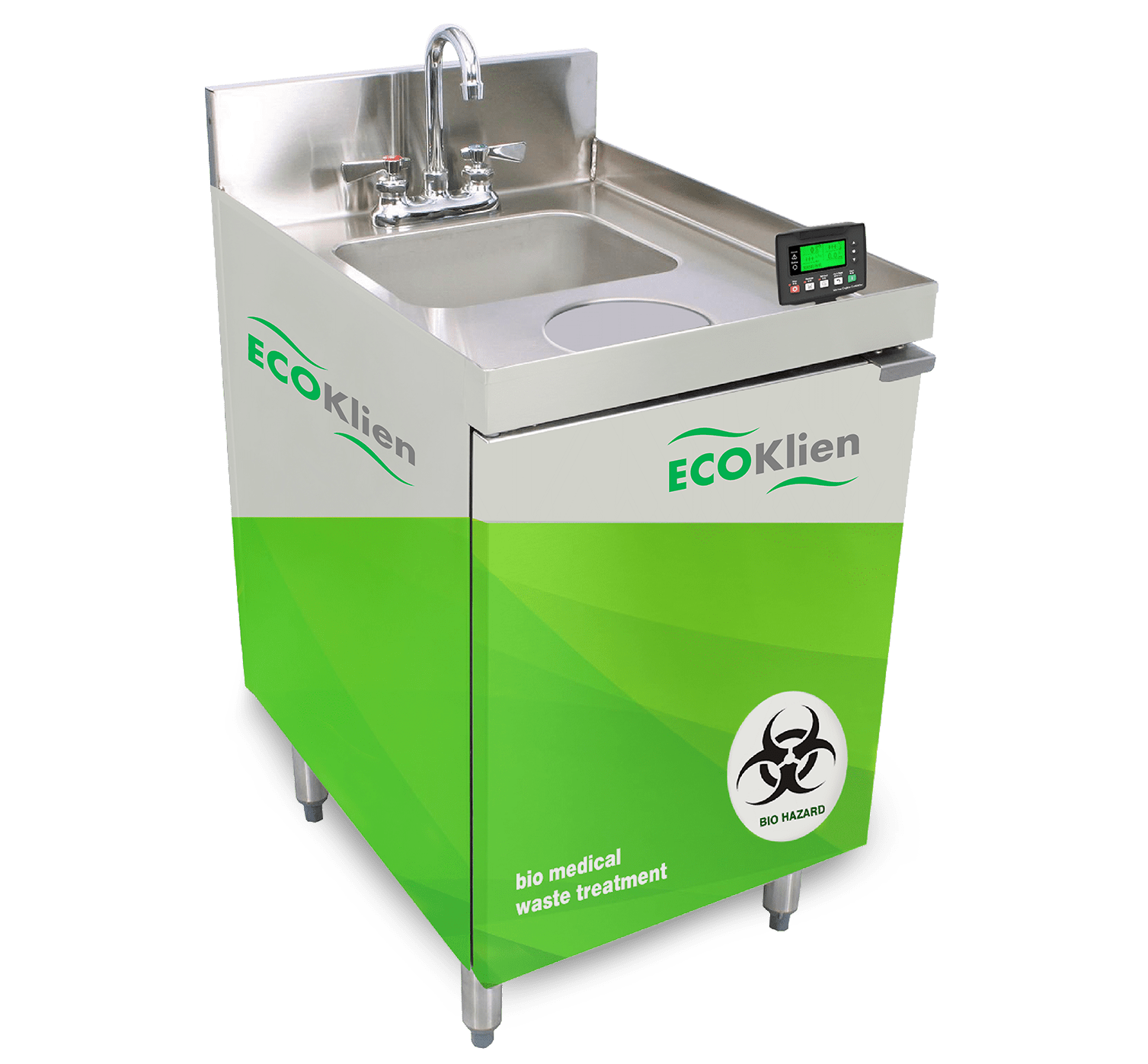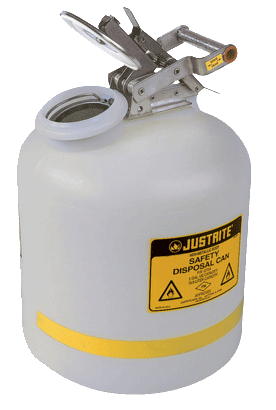Comprehensive Liquid Waste Disposal: Solutions for Houses and Organizations
Comprehensive Liquid Waste Disposal: Solutions for Houses and Organizations
Blog Article
Just How Fluid Waste Disposal Works: A Detailed Review of Techniques and Technologies Employed

Overview of Liquid Waste Types
The complexity of liquid waste types necessitates a complete understanding of their features and implications for disposal. Liquid waste can broadly be classified right into numerous kinds, including commercial, metropolitan, farming, and contaminated materials. Each category shows distinctive properties, requiring specific monitoring methods to alleviate environmental and health and wellness dangers.
Industrial liquid waste originates from producing processes and often has an array of pollutants, such as heavy steels, solvents, and natural substances. Community fluid waste, mostly comprising wastewater from families and industrial establishments, contains raw material, nutrients, and microorganisms (industrial wastewater treatment). Agricultural fluid waste, including overflow from farms, might consist of fertilizers, chemicals, and pet waste, presenting dangers to water quality and ecosystems
Unsafe liquid waste is characterized by its toxicity, sensitivity, or potential to trigger harm. This group includes substances like acids, bases, and specific chemicals that necessitate rigid handling and disposal protocols. Understanding these diverse liquid waste kinds is vital for creating efficient disposal methods and making certain compliance with ecological regulations. Proper category and characterization are vital for implementing proper therapy techniques and lessening the adverse influences on public health and the atmosphere.
Physical Treatment Techniques

Testing is the preliminary step, where bigger bits and debris are removed from the fluid waste utilizing screens or grates. In sedimentation containers, larger bits work out at the base, creating a sludge layer, while the cleared up liquid can be further dealt with.
Filtering is another important approach that entails passing the fluid with porous products, such as sand or membranes, to record smaller sized bits. This step boosts the high quality of the fluid, making it appropriate for subsequent treatment procedures.

Chemical Treatment Techniques
Chemical therapy methods are essential for successfully managing liquid waste, particularly in attending to dissolved and colloidal pollutants that physical approaches may not sufficiently remove. These methods utilize different chemical representatives to counteract, speed up, or transform unsafe compounds right into less dangerous kinds.
One common technique is coagulation and flocculation, where chemicals such as alum or ferric chloride are contributed to promote the aggregation of put on hold particles. This procedure boosts sedimentation, permitting much easier elimination of the resulting sludge. Additionally, oxidation procedures, employing representatives like chlorine or ozone, are employed to break down complicated natural substances and microorganisms, providing the waste safer for discharge or additional therapy.
Neutralization is another vital method, which changes the pH of acidic or alkaline waste streams to neutral degrees, preventing prospective harm to downstream systems and the setting. Moreover, advanced oxidation procedures (AOPs) use combinations of oxidants and ultraviolet light to weaken consistent toxins, attaining a greater level of treatment efficiency.
Biological Therapy Procedures
Organic therapy procedures play a vital function in the monitoring of fluid waste by making use of microorganisms to decompose raw material and lower impurity levels. These processes can be extensively categorized into anaerobic and aerobic treatments, each using details microbial areas to attain reliable waste destruction.
Cardio therapy entails the usage of oxygen to assist in the break down of organic materials by bacteria. This process is generally applied in turned on sludge systems, where aeration tanks offer a favorable environment for microbial development, causing the oxidation of organic pollutants. The resultant biomass can be divided from treated effluent with sedimentation.
In comparison, anaerobic treatment takes place in the find out here now absence of oxygen, depending on various germs to break down natural matter. This approach is specifically beneficial for high-strength waste, as it produces biogas, a sustainable energy resource, while reducing sludge production. Technologies such as anaerobic digesters are frequently employed in metropolitan and industrial applications.
Both cardio and anaerobic organic treatments not just decrease the environmental impact of fluid waste however additionally assist in source healing, making them vital elements of lasting waste administration strategies. Their efficiency, adaptability, and effectiveness sustain their prevalent execution throughout various markets.
Arising Technologies in Disposal
Innovative strategies to liquid garbage disposal are swiftly evolving, driven by improvements in modern technology and a raising focus on sustainability. Among these emerging modern technologies, membrane layer bioreactors (MBRs) have actually acquired grip for their capability to combine biological therapy with membrane layer purification, causing premium effluent that can be recycled in different applications. read review MBRs make it possible for smaller sized impacts and a lot more reliable procedures contrasted to standard systems.
Another promising growth is using anaerobic food digestion incorporated with nutrient recovery innovations, which not only treats liquid waste yet additionally generates biogas and recovers valuable nutrients like nitrogen and phosphorus. This dual benefit boosts resource performance and lowers ecological impact.
Additionally, progressed oxidation procedures (AOPs) are being taken on for the destruction of intricate natural contaminants. These techniques utilize powerful oxidants and drivers to break down contaminants at the molecular degree, using an extremely efficient option for difficult waste streams.
Additionally, the combination of synthetic knowledge and equipment learning in waste management systems is maximizing functional efficiency and anticipating upkeep, causing decreased expenses and improved ecological compliance. These technologies mirror a substantial shift towards even more reliable and sustainable fluid garbage disposal methods.
Conclusion
In conclusion, efficient fluid waste disposal necessitates a detailed understanding of numerous techniques and modern technologies. By constantly advancing these techniques, it ends up being possible to attend to the growing obstacles associated with liquid waste, inevitably contributing to see this site environmental protection and source recuperation.
Fluid waste disposal is an important facet of ecological monitoring, needing a thorough understanding of numerous techniques and technologies tailored to different waste types. Fluid waste can generally be classified right into numerous kinds, consisting of commercial, metropolitan, agricultural, and dangerous waste. Agricultural liquid waste, including drainage from ranches, may include plant foods, chemicals, and animal waste, positioning dangers to water high quality and ecological communities.
Numerous physical therapy approaches play an essential duty in taking care of liquid waste effectively - industrial wastewater treatment.In conclusion, reliable fluid waste disposal requires a detailed understanding of different methods and innovations
Report this page